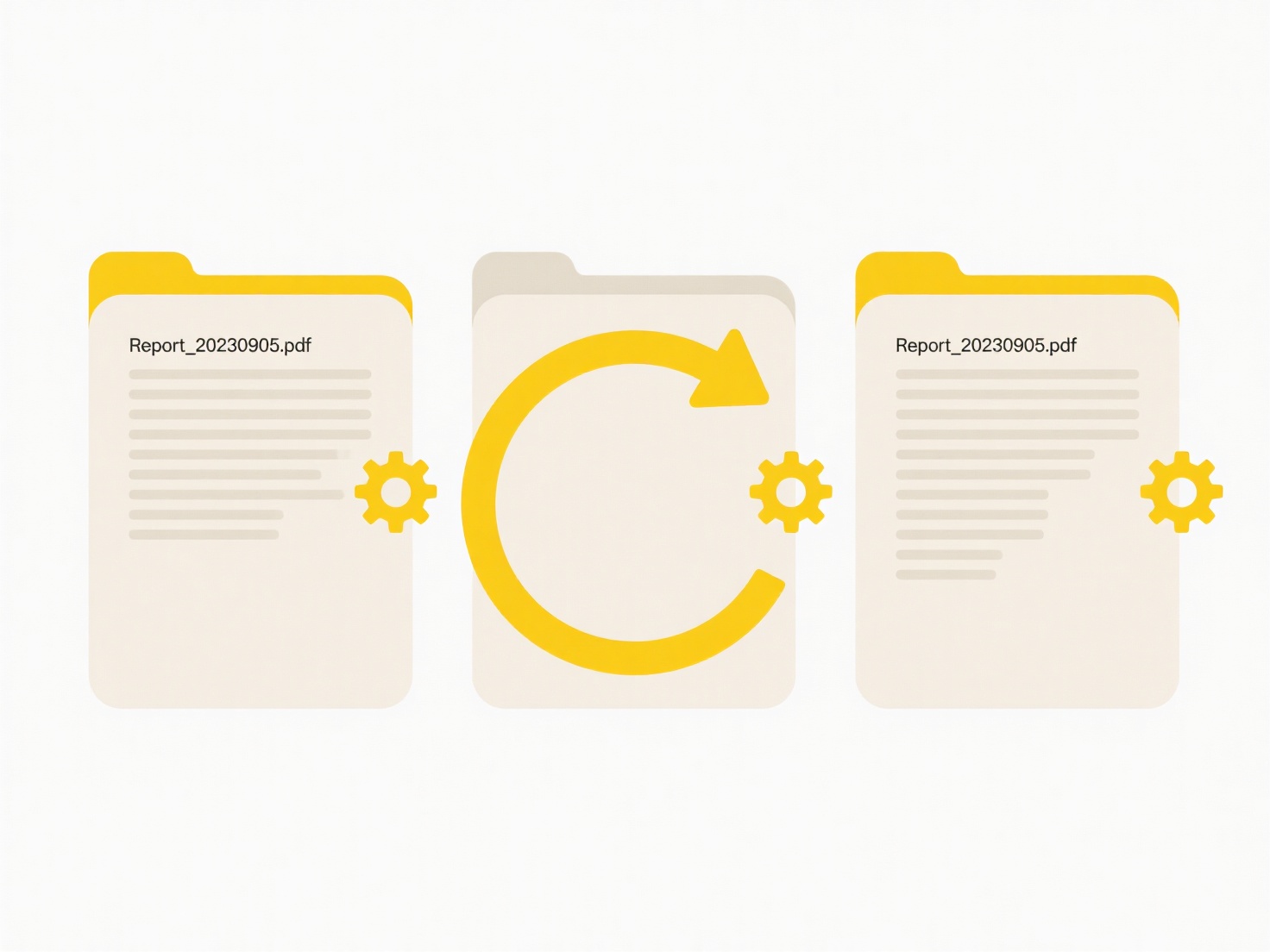
The easiest way to convert hundreds of DOC files to PDF is through batch conversion using dedicated software or built-in scripting. This process automates the task of opening each Word document and saving it as a PDF format, rather than performing each conversion manually. Batch methods process all selected files in sequence without requiring constant user interaction, leveraging the inherent PDF generation capabilities found in most word processors or external tools.
Common tools enabling this include Adobe Acrobat Pro's action wizard, specialized free utilities like Foxit PDF Editor or LibreOffice (using its command-line interface), or Microsoft Word itself via simple VBA macros or PowerShell scripts. For example, an administrator could use a PowerShell script to loop through all DOC files in a folder and trigger Word's SaveAs PDF method, or use Acrobat to create a predefined action applied to hundreds of files at once.

The primary advantage is massive time savings and consistency compared to manual saving. However, results depend on document complexity; embedded fonts or intricate layouts may render imperfectly. While effective, large-scale conversion of sensitive documents should always involve appropriate security measures to prevent unauthorized access during processing. This automation is essential for organizations managing large document archives, legal firms, or educational institutions digitizing records.
What’s the easiest way to convert hundreds of .doc files to .pdf?
The easiest way to convert hundreds of DOC files to PDF is through batch conversion using dedicated software or built-in scripting. This process automates the task of opening each Word document and saving it as a PDF format, rather than performing each conversion manually. Batch methods process all selected files in sequence without requiring constant user interaction, leveraging the inherent PDF generation capabilities found in most word processors or external tools.
Common tools enabling this include Adobe Acrobat Pro's action wizard, specialized free utilities like Foxit PDF Editor or LibreOffice (using its command-line interface), or Microsoft Word itself via simple VBA macros or PowerShell scripts. For example, an administrator could use a PowerShell script to loop through all DOC files in a folder and trigger Word's SaveAs PDF method, or use Acrobat to create a predefined action applied to hundreds of files at once.

The primary advantage is massive time savings and consistency compared to manual saving. However, results depend on document complexity; embedded fonts or intricate layouts may render imperfectly. While effective, large-scale conversion of sensitive documents should always involve appropriate security measures to prevent unauthorized access during processing. This automation is essential for organizations managing large document archives, legal firms, or educational institutions digitizing records.
Quick Article Links
How do I share files from a mobile device?
Sharing files from a mobile device involves transferring digital content like photos, documents, or videos to another de...
Can I take ownership of a shared file?
File ownership refers to having primary control over a digital file stored in a shared environment, like cloud storage o...
What’s the best way to name file versions (v1, v2, final)?
File version naming consistently tracks document iterations using labels like v1, v2, or 'final'. Sequential numbering (...